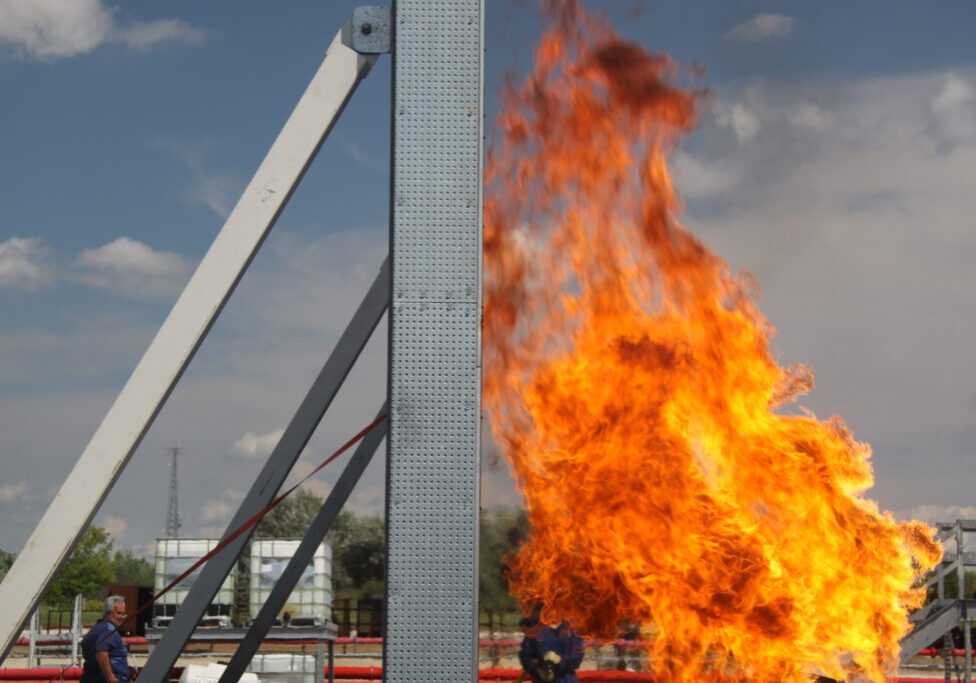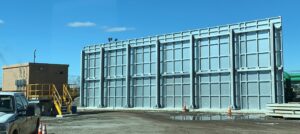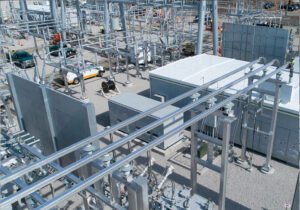Ensuring Safety in Power: The Role of Transformer Fire Barriers
In the quest to maintain power continuity and safety, transformer fire barriers emerge as a pivotal defense mechanism against potentially disastrous events at electrical substations. These barriers, designed to contain and mitigate fires, play a critical role in preventing the spread of flames, thus protecting both the infrastructure and the surrounding environment. By referring to fire barrier services, substations can significantly enhance their resilience against fire-related hazards, ensuring the uninterrupted supply of electricity to homes and businesses.
Understanding Transformer Fire Barriers
Transformer fire barriers are vital in keeping important power equipment safe. They stop a fire from spreading, giving people more time to respond in emergencies. This can make a big difference in preventing damage and keeping power going.
How Fire Barriers Work
Fire barriers are like strong walls that keep fire away from important power equipment. They’re made from materials that can stand up to high heat without burning or falling apart. Imagine a fire starts near a transformer. The fire barrier acts like a shield, stopping the fire from reaching the transformer or moving past it. This means the fire stays small and can be put out more easily, instead of growing and causing more harm.
Benefits of Installing Fire Barriers
Putting fire barriers around transformers is a smart move for many reasons. First, it helps keep the power on. When transformers are safe, electricity can keep flowing to homes, schools, and businesses without interruption. Second, it makes things safer for everyone. By stopping fires from spreading, fire barriers help protect people, buildings, and the environment from harm. It’s a simple step that can save a lot of trouble and keep electricity running smoothly.
Key Components of Fire Barrier Systems
A strong fire protection system is made of parts that work together to stop fires from getting bigger. This includes materials that can stand up to fire, special doors, and ways to seal off spaces. Together, they make sure fires don’t spread and cause more damage.
Fire-Resistant Materials
Fire-resistant materials are a big part of what makes fire barriers work. They’re made to not catch fire easily and to withstand high temperatures without breaking down. These materials are used in walls, floors, and other parts of a building to create a barrier against fire. They can be made of things like special types of concrete, glass that doesn’t break in heat, or boards made from minerals that fire can’t burn. By using these materials, fire barriers can keep the fire contained in one spot, making it easier for firefighters to deal with.
Doors and Seals
Doors and seals are also crucial in keeping fires contained. Fire doors are made to close automatically if there’s a fire, stopping it from spreading through hallways and rooms. They’re like a moving part of the fire barrier system. Seals are used around doors, windows, and other openings to stop smoke and fire from sneaking through cracks. These seals expand when they get hot, filling in gaps to keep fire and smoke out. This helps to protect escape routes and safe areas, so people can get out and firefighters can get in to put the fire out.
Installation and Maintenance of Fire Barriers
Getting fire barriers put in right and keeping them in good shape are key steps to making sure they work when you need them. This means making sure every part does its job correctly during a fire, helping to keep everyone safe.
Installation Best Practices
Putting in fire barriers the right way is super important. The people who do this job need to follow specific steps to make sure everything is set up correctly. This includes picking the right materials for each part of the building and making sure those materials are put in place following the rules. For example, if you’re installing fire doors, they need to fit perfectly and close the way they’re supposed to. Also, all seals around doors and windows must be tight to stop smoke and fire from passing through. Doing these steps right means the fire barrier will work well, keeping the fire contained and giving everyone more time to get to safety.
Importance of Regular Maintenance
After fire barriers are installed, they need to be looked after regularly to stay in good working order. This means checking them often to make sure there are no damages or parts that have worn out. For instance, seals can get old and not expand as they should, and doors might not close all the way if something is wrong. Regular checks and fixing any problems right away means these systems will be ready to do their job if a fire happens. Keeping up with maintenance helps ensure that fire barriers remain a strong defense against the spread of fire, protecting people and the building itself.
Impact on Emergency Response and Recovery
Transformer fire barriers do more than just stop fires from spreading; they’re also key in helping emergency teams do their job better and getting things back to normal faster after a fire. By keeping the damage limited, these barriers help make sure that fixing everything and getting power back up doesn’t take as long.
Facilitating Emergency Response
Fire barriers help emergency responders by controlling where the fire can go. This means firefighters can focus on putting out the fire in one area, instead of running around trying to stop it from spreading everywhere. It also keeps important paths clear so they can move quickly and safely. This organization and control make their tough job a bit easier and help them save more of the building and equipment, which is good for everyone.
Reducing Recovery Time
When fire barriers do their job right, there’s less damage. This means that after the fire is out, getting everything back to how it was doesn’t take as long. For electrical substations, this is super important because it means electricity can be turned back on sooner, so people’s lives and businesses aren’t disrupted for a long time. Keeping the damage small also means repairs cost less, which is good news for everyone who depends on these services. Fire barriers make a difference in bouncing back quickly from a fire.
Ensuring Continuous Power with Safety in Mind
Fire barriers at transformer stations are like a strong shield against fire’s harmful effects. They play a huge role in keeping the electricity flowing safely and smoothly. Putting time and resources into these barriers makes the whole power system stronger and safer. This helps avoid big problems that could happen if a fire gets out of control. Making sure these barriers are in place and working well means we’re all doing our part to keep our electricity running and our communities safe.
Transform Your Safety Strategy with Us
For unparalleled protection against fire at your electrical substations, Sinisi Solutions stands ready. Located at 20 Abe Voorhees Drive, Manasquan, New Jersey, 08736, we offer advanced fire barrier solutions tailored to secure your critical infrastructure. With a commitment to excellence and safety, our team provides the expertise you need to ensure operational continuity and peace of mind. Visit us at https://firebarrierexperts.com/ to learn more about how we can partner with you in fortifying your power infrastructure against the unexpected. Together, let’s build a more resilient and secure future.




